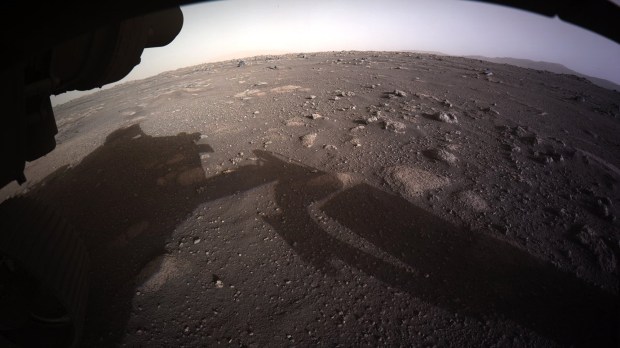Lenten Campaign 2025
This content is free of charge, as are all our articles.
Support us with a donation that is tax-deductible and enable us to continue to reach millions of readers.
Mars is the closest, easiest and largest laboratory for man to search for extraterrestrial life and knowledge of planetary formation, and the more we know about it, the “more we can direct our focus in the search for life,” said an astronomer of the Vatican Observatory.
Jesuit Brother Robert Macke, who oversees the Vatican’s collection of meteorites, including some that are believed to have originated on Mars itself, spoke with Catholic News Service after NASA’s latest mission to the Red Planet reached its destination Thursday. Perseverance will send high-definition images, video and audio of its surroundings back to earth. It will drill under the surface and store sample cores in tubes to be returned to earth for study. In addition, its ground-penetrating radar will help scientists understand the structure underneath the Martian surface.
The Perseverance rover touched down February 18 in what had once been a lake, because, Brother Macke said, “when we’re looking for life, you follow the water.”
What NASA is looking for is evidence of minute microbial life — past or present. Macke explained that Mars’ atmosphere “doesn’t have signs of the source of chemistry that would reflect current living organisms doing their ordinary biology [so] maybe in the past, maybe back when Mars was wetter, when the atmosphere was thicker, perhaps back then maybe it might have supported life. And so that’s what we want to look for.”
Macke, a Texas native who was educated at MIT and the University of Central Florida, said he and a researcher in Houston are using data from the Vatican’s Martian meteorites and comparing it with data from various Mars orbiters “to better understand and characterize the surface and immediate subsurface of Mars.”

Read more:
Signs of global warming found on Mars

Read more:
Jesuit astronomer calls extraterrestrial communication possible, however unlikely

